Eggplant Annina F1 Organic Seed
starting at $26.73
Get Free Shipping in May with discount code SUNNY!
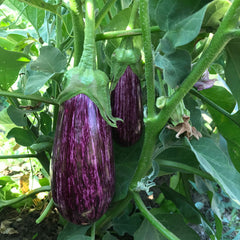
starting at $26.73

starting at $6.49
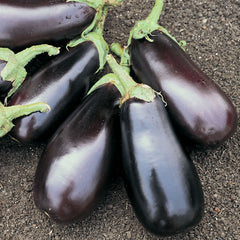
starting at $8.70
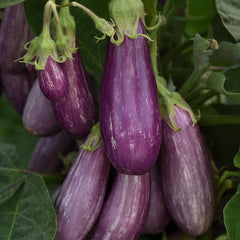
starting at $100.50
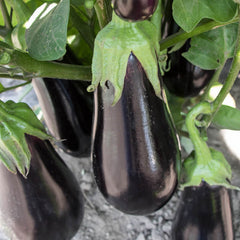
starting at $8.80
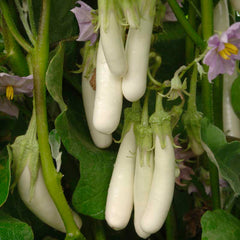
starting at $11.39
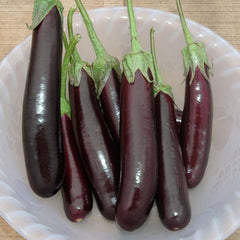
starting at $11.27
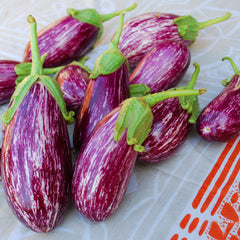
starting at $2.29
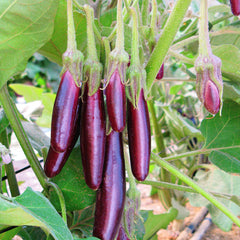
starting at $3.17
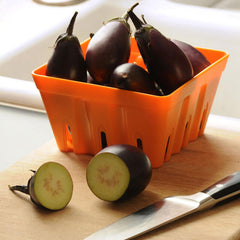
starting at $48.36
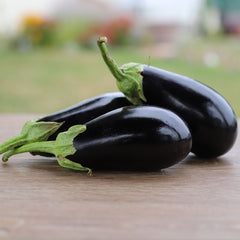
starting at $7.42

starting at $7.35
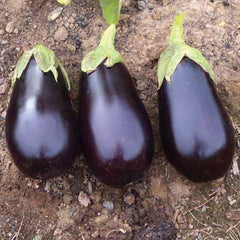
starting at $50.87

starting at $26.73

starting at $6.49

starting at $8.70

starting at $100.50

starting at $8.80

starting at $11.39

starting at $11.27

starting at $2.29

starting at $3.17

starting at $48.36

starting at $7.42

starting at $7.35
starting at $4.04

starting at $50.87